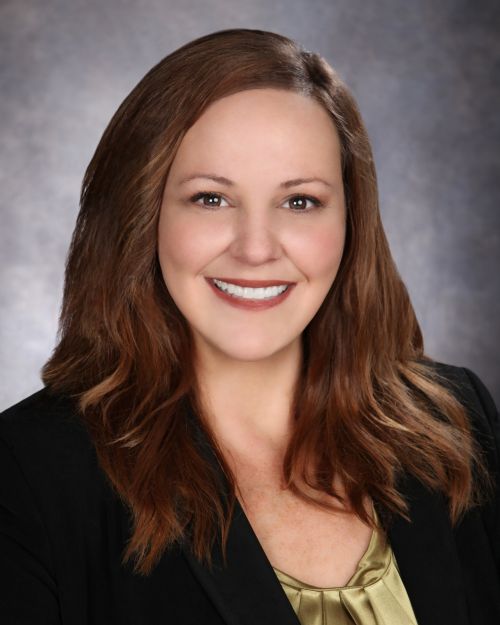 PERSON OF THE WEEK: Lisa Weaver is senior vice president of ISGN, a provider of end-to-end technology solutions and services to the mortgage industry. MortgageOrb recently interviewed Weaver to learn more about how technology is transforming the mortgage industry and, more specifically, what challenges lenders face when adopting new technologies.
PERSON OF THE WEEK: Lisa Weaver is senior vice president of ISGN, a provider of end-to-end technology solutions and services to the mortgage industry. MortgageOrb recently interviewed Weaver to learn more about how technology is transforming the mortgage industry and, more specifically, what challenges lenders face when adopting new technologies.
Q: What do you believe are some of the biggest hurdles for the industry in terms of technology today?
Weaver: Among the biggest hurdles facing our trillion-dollar industry is the plethora of fragmented systems that struggle to exchange data required during the loan lifecycle, the lack of loan-level transparency throughout the entire mortgage eco-system and the need for a single data repository. Though some progress has been made, particularly with the availability of loan-level data for originations, there is a continued need for transparency for all loans regardless of product type (agency and private label) and the continuation of transparency throughout the life of loan.
Additionally, how lenders and servicers access technology is a hurdle addressed through Software-as-a-Service (SaaS) models. Industry adoption of cloud-based platforms is critical to mitigating IT costs, improving efficiencies and accessing technology updates as soon as they are market-ready.
Some lenders and servicers are hesitant to embrace SaaS models, citing concerns surrounding security and control. The reality is that cloud-based platforms require rigorous testing and certification to ensure security, and lenders and servicers often maintain control and access to real-time and historical data. Furthermore, given that the technology is available through the cloud, there are no additional licenses or hardware to contend with, saving costs and hastening the speed at which a lender or servicer can begin using the software.
Q: What new technologies should be on the horizon to serve the future of the industry?
Weaver: The industry has been slow to adopt e-closing technologies and processes, but the Consumer Financial Protection Bureau's (CFPB) recent four-month e-closing pilot looks to seal a positive future for this technology. In the study, consumers said their understanding of loan costs had increased by about 7% when e-closings were utilized in comparison to the standard closing processes.
In addition, technology that encourages online and mobile lending platforms will become more important as lenders increase electronic access to attract borrowers, and, in particular, the millennial population. Currently, 13% of the single-family housing market is rental property. The rate of homeownership is expected to increase as millennials (which account for 83 million Americans) age, and a healthier job market spurs consumer confidence. Lenders need to be prepared to capture their attention with transparent and convenient technology throughout the origination process.
Q: Are there new opportunities to streamline processes and gain efficiencies through technology?
Weaver: Technologies that improve loan process efficiency and timelines are paramount to containing costs related to the loan cycle, from application through funding. Systems that pull the loan through the process through workflow management tools, automated validations, quality control and verifications and that streamline the analysis effort all contribute to a condensed loan origination timeline, which, in turn, results in increased customer satisfaction, better pricing and lower costs to originate.
Q: How can lenders improve on loan-level transparency through the use of technology?
Weaver: Investor confidence and a return to private capital are dependent on loan-level transparency during the sale of assets and throughout the life of the loan. Technology that provides both an executive-level and loan-level view into the quality, compliance and value of a loan pool and ongoing loan performance is critical to housing recovery.
Servicing dashboards, for example, allow servicers and investors to access loan quality, compliance and performance data and help them manage, sell and service loan assets and discover loan trends that may be predictors of payment speeds or default. Dashboards can also be used to drill down into particular geographic regions – investors or product types allow servicers to make informed decisions related to operations and risk management.
Q: Is there a tipping point when you should pull the trigger on investing in transformational technology?
Weaver: When it comes to investing in technology, financial institutions are wise to move with the industry to maintain a competitive edge. Challenge your current technology – does it provide critical views into workflow management and transparency? Is the technology proven to be compliant and secure? Does the technology provide the best efficiencies and automation?
Lenders should leverage the coming pause in the housing market as interest rates rise to position themselves for the next housing surge. Consider the capital outlay now to prepare for the next wave of lending and beyond – driven by the millions of new household formations and the millennial generation moving into homeownership. One consistent theme in our market is change and ongoing evolution. When there are temporary pauses in the market is when lenders should consider making long-term investments.













